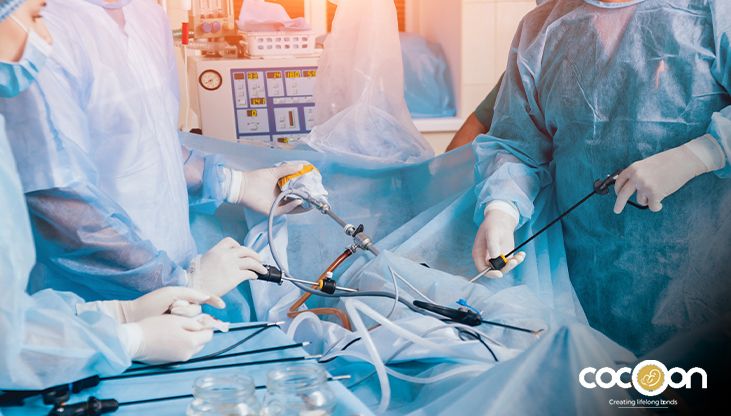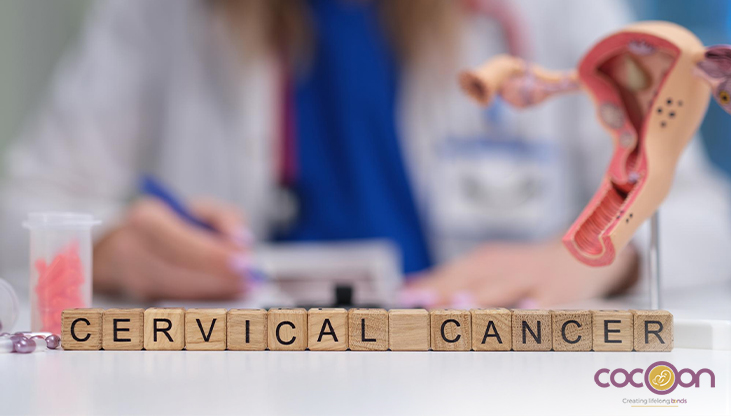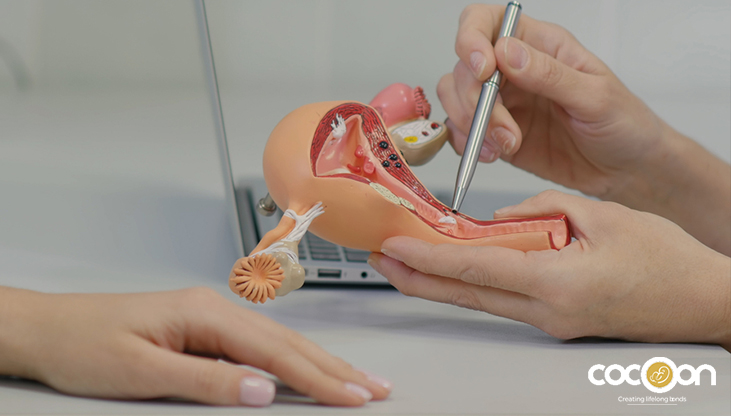When there is a need for surgery in women's health—whether it is fibroids, ovarian cysts, endometriosis, or hysterectomy—the choice between laparoscopic and open surgery can be daunting. Both procedures are performed for the same medical issues but by a completely different modality of delivery.
Over the past two decades, laparoscopic surgery, also known as keyhole surgery, has gained immense popularity for being minimally invasive. But how does it really compare to the traditional open surgery method? And more importantly, which option offers more benefits for women?
What Is Laparoscopic Surgery?
Laparoscopic surgery is a form of surgery where physicians cut very small incisions in the abdomen—typically just 0.5 to 1 cm. The tiny incisions are inserted with a laparoscope (a thin tube with a lens) and surgical tools to conduct surgery. The camera provides an enlarged image of the organs on the internal surface of the body on a TV screen so that the surgeon can perform the operation with utmost precision without having to cut up the whole abdomen.
This is the reason why laparoscopic surgery is also commonly referred to as keyhole surgery—because the operation is performed through small cuts and not a big incision.
What Is Open Surgery?
On the other hand, open surgery is when a huge cut in the belly or pelvis is made in order to literally see and enter the organs. Although open surgery is still necessary for some emergent or complicated cases, it is more traumatic to the body, takes longer to recover from, and has more risks of complications.
Now that we know the difference, let us proceed to why laparoscopic surgery is now the option for most women.
1. Less Cuts, Less Pain
One of the greatest benefits of laparoscopic surgery is that it involves only a few small cuts. This translates to less damage to the muscles and skin, hence much less scarring afterwards.
Open surgery, on the other hand, entails a large incision, which translates to more soreness and pain for a longer duration.
For women, this applies specifically when it comes to procedures such as hysterectomy, ovarian cyst removal, or endometriosis. Minimizing pain will help with faster emotional and physical recuperation.
2. Fast Recovery Time
Healing is much faster because there are fewer cuts and less trauma within the body. Women heal in a week or so, depending on what is completed.
Comparatively, open surgery takes weeks of bed rest, and healing can take as long as 6-8 weeks. This impacts the woman as well as her family life, work, and daily activity.
For career women, caregivers, or mothers, speedy recovery translates to getting back to life with least interruption.
3. Lesser Opportunity for Infection and Complication
Since laparoscopic surgery involves smaller cuts, there is lesser exposure of the internal organs to outside bacteria or germs. This minimizes tremendously the risk of infections as well as other complications such as wound breakdown or occurrence of hernia.
Large wounds in open surgery pose higher risks of infection, particularly within the abdominal cavity with warm moist skin. Diabetic women, obese women, and immunocompromised women have a higher risk of wound infection with open surgery.
The use of laparoscopic methods can diminish hospital readmission and a smoother postoperative course.
4. Less Scarring for Better Aesthetics
For many women, how their surgical scars appear is an emotional concern, especially if surgery is in the belly or pelvic area.
Laparoscopic surgery leaves teensy-weensy scars that are hardly perceptible in the long term, whereas open surgery leaves large, prominent marks on the belly. These can cause women to feel embarrassed, especially young women or women who wear sarees, crop tops, or swimwear.
With the keyhole surgery method, women are able to heal not only physically but emotionally, free from the stigma of having to carry lifelong visible scarring.
5. Greater Accuracy and Less Bleeding
The laparoscope gives a clear, high-definition image of internal organs, enabling surgeons to make more accurate and gentle movements. This leads to fewer damaged surrounding tissues and less blood loss during surgery.
With open surgery, the visual field of the surgeon is constrained to the one exposed by the extensive incision. This at times translates into accidental damage to nearby structures such as the bladder, ureters, or intestines—particularly in complicated gynecological procedures.
With laparoscopic surgery, this accuracy assures safer fibroid removal, management of endometriosis, or conducting ovarian procedures with minimal blood loss.
6. Shorter Hospital Stay
For most cases, women can be discharged the same day or 24 hours following laparoscopic surgery. This is greatly helpful for women with children, elderly relatives, or work in the future.
Open surgery, on the other hand, needs 3 to 5 days of hospital stay, sometimes longer based on the complexity of surgery. Longer stay also risks acquiring hospital-acquired infections.
In modern life, quicker discharge equals more convenience, cost savings, and peace of mind.
7. Lower Cost in the Long Term
Laparoscopic surgery may look a little more expensive upfront because of the specialized equipment, but it really comes out to be less expensive in the long term.
Here's why:
- Shorter hospital stays
- Fewer pain pills to swallow
- Less time off work
- Earlier return to normal activities
All these are cost-cutting factors as well as the indirect cost formed by open surgery.
To many single breadwinners or female caregivers, this cost-cutting factor is a valuable one to select laparoscopic surgery over the older open techniques.
8. Enhanced Mental and Emotional Recovery
Recovery is not only physical—it's also emotional. Women who have surgery for gynecologic problems can experience a combination of anxiety, fear, and emotional exhaustion.
Since laparoscopic surgery is less painful, less scarring, and accelerates healing, the women feel more confident, less traumatized, and emotionally stronger in the post-operative condition.
By being capable of speedy recovery, women are also given the confidence and assurance needed to tackle problems in health issues head-on.
When Is Open Surgery Still Necessary?
Even with all the benefits of laparoscopic surgery, there are a few occasions when open surgery will still be necessary:
- When the patient has extensive scarring inside (from previous surgeries)
- When the uterus or fibroids are extremely large
- When there is dissemination of cancer which requires thorough exploration of the abdomen
- When there is an emergency bleeding
In these situations, your physician may prefer open surgery for safety reasons as well as for improved outcomes.
Normal Women's Health Surgeries Performed Laparoscopically
Laparoscopic surgery is now employed to correct numerous conditions in the gynecology field, including:
- Laparoscopic Hysterectomy (removal of the uterus)
- Myomectomy (fibroid removal)
- Surgery for endometriosis
- Ovarian cyst removal
- Tubal sterilization (sterilization)
- Treatment for ectopic pregnancy
These surgeries are done safely and efficiently with keyhole surgery, providing a better result with less lost time from work.
Is Laparoscopic Surgery the Better Choice?
Yes, for the majority—laparoscopic surgery is better and more practical for women's health problems, particularly for elective procedures like fibroid removal, hysterectomy, or endometriosis therapy.
Here is a quick reminder why laparoscopic surgery is the winner:
- Less pain
- Small scars
- Quicker recovery
- Less chance of infection
- Less bleeding
- Reduced hospital stay
- Savings
- Improved emotional recovery
Of course, the final choice is based on your own status, history, and the doctor's assessment. Always see an experienced laparoscopic surgeon or gynecologist to find out what works best for your health.
Conclusion
Today's woman is educated, knowledgeable, and health-aware—and should be. When surgery is necessary, it pays to be aware of your alternatives.
With advanced technology and good surgeons, laparoscopic or keyhole surgery provides a more gentle, faster, and better alternative to the open technique.
If you or your loved one are presented with the choice of laparoscopic or open surgery, discuss the matter openly with your doctor and consider all options. Your time, body, and mind are all valuable—select a surgical route that is most suitable for you in all aspects.

















